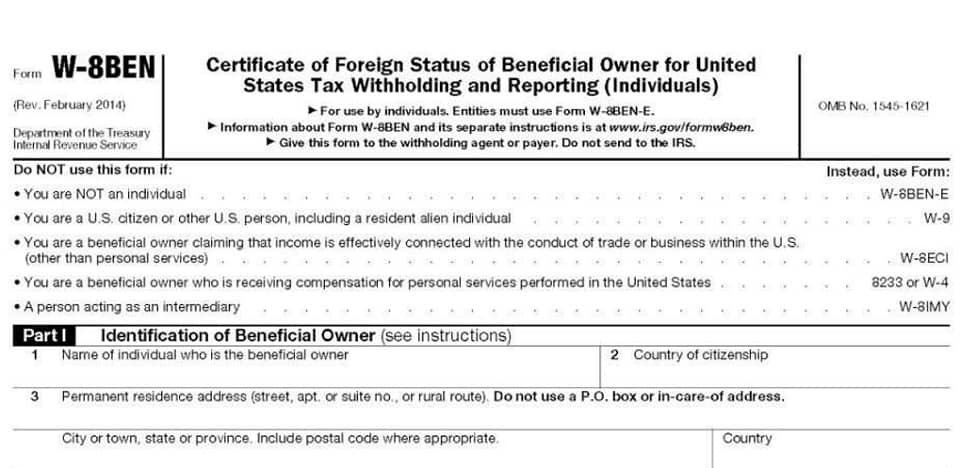Assets and liabilities: accounting definition and difference, balance sheet

However, these types of businesses tend to have simpler financial structures and fewer expenses to account for. Overall, accruals are an important part of the accounting process and can have a significant impact on a company’s financial statements. Examples are credit card balances, mortgage payments, and business loans.
Types of Utility Expenses

Liabilities are reported on the balance sheet against a company’s assets and equity. Companies need visibility into their liabilities to understand the future payments they will need to make. This helps to ensure liquidity and remain in good standing with external parties. Lenders check the balance between assets and liabilities to decide if you can manage debt. If you own more valuable assets than what you owe in liabilities, it improves your chances Debt to Asset Ratio of getting loans or credit.
- Assets can be defined as objects or entities, whether tangible or intangible, that the company owns that have economic value.
- Although there are several types of assets in accounting, the most important are current and fixed assets.
- Some assets offer you direct cash inflow, and some provide you in kind.
- These transactions are recorded in the financial statements as either accrued revenues or accrued expenses.
- Track the item’s depreciation depending on the methodology you choose and how long you believe you’ll be able to use the item.
Assets vs. liabilities: differences and examples
Capital essentially represents how much the owners have invested into the business along with any accumulated retained profits or losses. The capital would ultimately belong assets = liabilities + equity to you as the business owner. Liabilities are obligations to other parties, such as payable to suppliers, loans from banks, bonds issued, etc. They are also classified into current (short-term) and non-current (long-term) liabilities. Current assets are short-term in nature, such as cash and inventories.

Value to Financial Health

As such, expenses are a key lever that businesses can use to influence profitability. All things considered equal, higher expenses will mean lower profits, and vice versa. Capital expenditures (CapEx) differ from operating expenses because they aren’t related to your current day-to-day business needs. Instead, these are long-term investments meant to generate future growth.
Terms compared staff
It is impossible to heavy a healthy and constructive work environment without a stable electricity supply. Also, it is charged differently for commercial organizations. It are liabilities expenses is one of the basic utility services that every organization needs.
- Items like rent, deferred taxes, payroll, and pension obligations can also be listed under long-term liabilities.
- Long-term liabilities are also called non-current liabilities.
- A liability is money owed in the future, while an expense is a cost incurred to help the business run smoothly and generate revenue.
- The expense and its benefit must be matched and recorded in the same accounting period.
- This is because the company owes payment for the services or goods that have been received.
